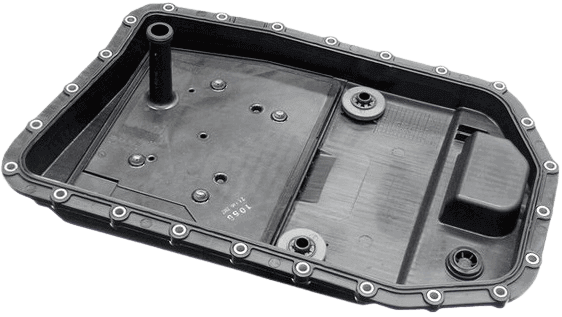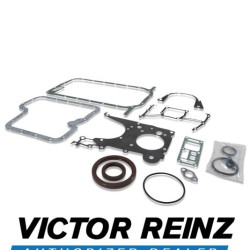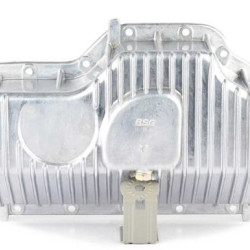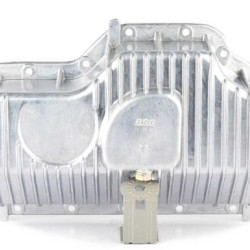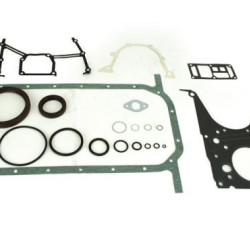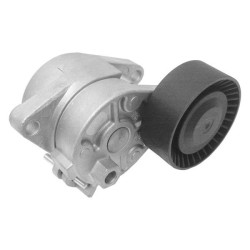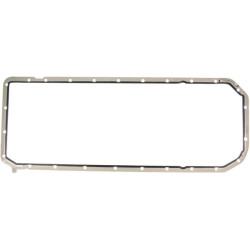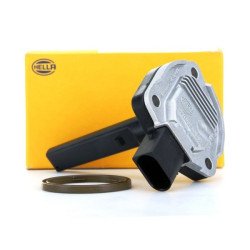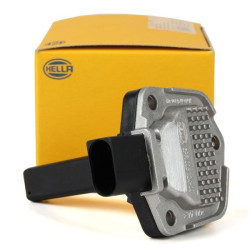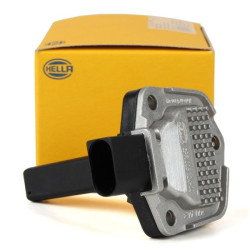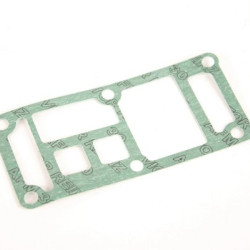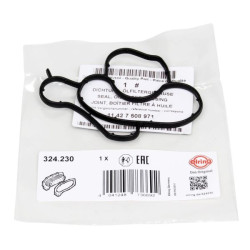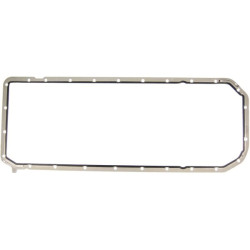BMW Oil Sump
BMW Oil Sump; It is a part that stores the engine oil found in vehicles and also provides cooling.
BMW Oil Sump: Features and Historical Development
The oil sump is an important component located at the bottom of an internal combustion engine that provides a storage area for engine oil. The oil sump supplies oil to different areas of the engine through the oil pump and also protects the bottom of the engine. The oil sumps used in BMW vehicles are designed to offer high performance and durability. In this article, we will examine what the BMW oil sump is, its features, and its historical development.
Features of the Oil Sump
BMW oil sumps are specially designed and manufactured to ensure the efficient operation and longevity of the engine. Here are some key features of BMW oil sumps:
Durability and Strength: BMW oil sumps are made from high-strength aluminum or steel alloys. These materials protect the bottom of the engine from impacts and vibrations.
Heat Distribution: Oil sumps prevent the engine from overheating by regulating the temperature of the engine oil. BMW oil sumps effectively distribute heat, allowing the engine to operate at optimal temperatures.
Sealing: Oil sumps are equipped with specially designed seals to prevent engine oil from leaking. This helps maintain the oil level in the engine and prevents oil leaks.
Oil Storage Capacity: BMW oil sumps have the capacity to store sufficient amounts of oil required by the engine. This ensures proper lubrication of all engine components.
Easy Maintenance and Replacement: BMW oil sumps are designed to facilitate maintenance and replacement processes. Drain plugs and access points make oil changes quick and easy.
Historical Development
The historical development of BMW oil sumps has undergone continuous innovations and improvements with advancements in automotive engineering. Here are some key points regarding the historical development of oil sumps:
Early Periods (1900s): The oil sumps used in early engines were generally made of cast iron and had a simple design. These sumps were sufficient to store engine oil and protect the bottom of the engine, but they did not have the features to meet the needs of modern engines.
Middle Period (1950s-1970s): During this period, the use of aluminum and steel alloys became widespread. More durable and lightweight materials improved engine performance and efficiency. Additionally, significant improvements were made in the design of oil sumps.
Modern Period (1980s-Present): Today, BMW oil sumps are produced using advanced engineering techniques and high-quality materials. Computer-aided design (CAD) and manufacturing (CAM) technologies allow for more precise and efficient production of oil sumps. Furthermore, modern oil sumps are equipped with sensors that monitor the oil level and temperature.
High-Performance Applications (2000s and Beyond): In modern high-performance BMW engines, oil sumps have even more advanced features. Innovative materials and manufacturing techniques enable oil sumps to provide higher performance and durability.
Conclusion
BMW oil sumps are critical components that ensure the efficient and durable operation of the engine. Historically, oil sumps have continuously undergone innovations and improvements, which ensures the superior performance of BMW engines. Manufactured with high-quality materials and advanced production techniques, BMW oil sumps ensure the smooth and long-lasting operation of the engine. The historical development of oil sumps reflects advancements in automotive engineering, making each new generation of BMW engines more efficient and durable.
 Türkçe
Türkçe
 English
English
 Русский
Русский

